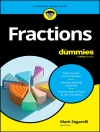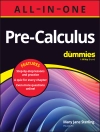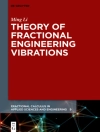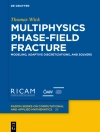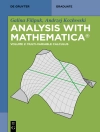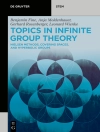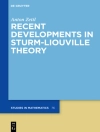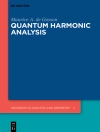In many applications of graph theory, graphs are regarded as geometric objects drawn in the plane or in some other surface. The traditional methods of ‘abstract’ graph theory are often incapable of providing satisfactory answers to questions arising in such applications. In the past couple of decades, many powerful new combinatorial and topological techniques have been developed to tackle these problems. Today geometric graph theory is a burgeoning field with many striking results and appealing open questions.
This contributed volume contains thirty original survey and research papers on important recent developments in geometric graph theory. The contributions were thoroughly reviewed and written by excellent researchers in this field.
قائمة المحتويات
Introduction.- 1) B. Ábrego – S. Fernández-Merchant – G. Salazar: The rectilinear crossing number of K_n: closing in (or are we?).- 2) E. Ackerman: The maximum number of tangencies among convex regions with a triangle-free intersection graph.- 3) G. Aloupis – B. Ballinger – S. Collette – S. Langerman – A. Pór – D.R.Wood: Blocking coloured point sets.- 4) M. Al-Jubeh – G. Barequet – M. Ishaque – D. Souvaine – Cs. D. Tóth – A. Winslow: Constrained tri-connected planar straight line graphs.- 5) S. Buzaglo – R. Pinchasi – G. Rote: Topological hypergraphs.- 6) J. Cano Vila – L. F. Barba – J. Urrutia – T. Sakai: On edge-disjoint empty triangles of point sets.- 7) J. Cibulka – J. Kynčl – V. Mészáros – R. Stolař – P. Valtr: Universal sets for straight-line embeddings of bicolored graphs.- 8) G. Di Battista – F. Frati: Drawing trees, outerplanar graphs, series-parallel graphs, and planar graphs in small area.- 9) W. Didimo – G. Liotta: The crossing angle resolution in graph drawing.- 10) A. Dumitrescu: Mover problems.- 11) S. Felsner: Rectangle and square representations of planar graphs.- 12) R. Fulek – N. Saeedi – D. Sariöz: Convex obstacle numbers of outerplanar graphs and bipartite permutation graphs.- 13) R. Fulek – M. Pelsmajer – M. Schaefer – D. Štefankovič: Hanani-Tutte, monotone drawings, and level-planarity.- 14) R. Fulek – A. Suk: On disjoint crossing families in geometric graphs.- 15) M. Hoffmann – A. Schulz – M. Sharir – A. Sheffer – Cs. D. Tóth – E. Welzl: Counting plane graphs: flippability and its applications.- 16) F. Hurtado – Cs. D. Tóth: Geometric graph augmentation: a generic perspective.- 17) M. Kano – K. Suzuki: Discrete geometry on red and blue points in the plane lattice.- 18) Gy. Károlyi: Ramsey-type problems for geometric graphs.- 19) Ch. Keller – M. Perles – E. Rivera-Campo – V. Urrutia-Galicia: Blockers for non-crossing spanning trees in complete geometric graphs.- 20) A. V. Kostochka – K. G. Milans: Coloring clean and K_4-free circle graphs.- 21) F. Morić – D. Pritchard: Counting large distances in convex polygons: a computational approach.- 22) A. Raigorodskii: Coloring distance graphs and graphs of diameters.- 23) M. Schaefer: Realizability of graphs and linkages.- 24) C. Smyth: Equilateral sets in l_dp.- 25) A. Suk: A note on geometric 3-hypergraphs.- 26) K. Swanepoel: Favourite distances in high dimensions.- 27) M. Tancer: Intersection patterns of convex sets via simplicial complexes, a survey.- 28) G. Tardos: Construction of locally plane graphs with many edges.- 29) G. Tóth: A better bound for the pair-crossing number.- 30) U. Wagner: Minors, embeddability, and extremal problems for hypergraphs.
عن المؤلف
János Pach is a mathematician and computer scientist with academic and research positions in the following institutions: École Polytechnique Fédérale de Lausanne, Alfréd Rényi Institute of Mathematics at Hungarian Academy of Sciences, and Courant Institute of Mathematics at NYU.


